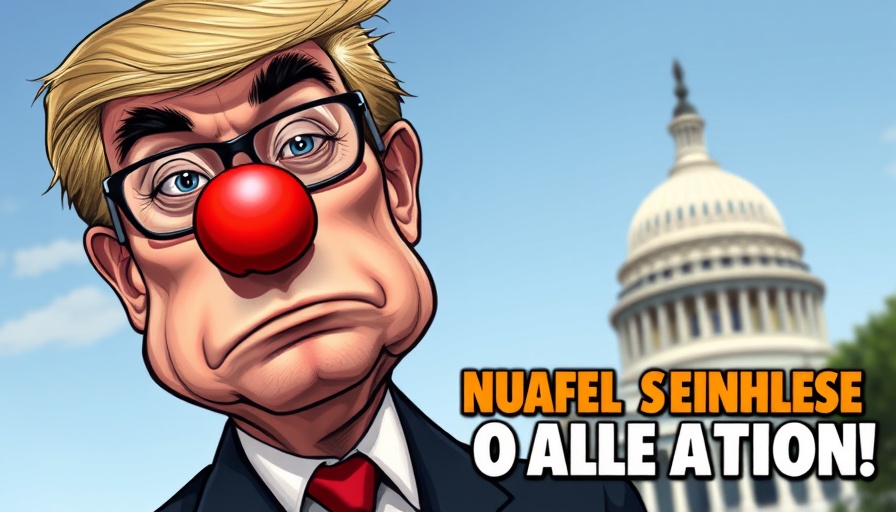
Decoding the Media's Role in Political Truth
The media landscape has significantly shifted over the past few years, especially regarding how information about political leaders is presented. In the recent video analyzing Jake Tapper's criticism of President Biden, we see how the narrative surrounding political figures can often stray from reality. The focus of Tapper's upcoming book, "Original Sin," centers on Biden's apparent decline, purportedly overshadowed by a so-called media cover-up.
In THE MOST SHAMELESS MAN IN MEDIA!, the discussion dives into the intersection of media narratives and political reality, exploring key insights that sparked deeper analysis on our end.
The Disconnect Between Media Perception and Public Reality
One striking point raised is the media's consistent portrayal of the Biden administration as competent, despite evidence that suggests otherwise. By blaming Biden's campaign for manipulating the narrative, Tapper highlights a troubling relationship between politics and media wherein critical issues of mental and physical fitness are glossed over, creating an illusion of normalcy. As anger swells among conservatives witnessing a potential decline in both leadership and transparency, the desire for honest media reporting becomes ever more critical.
Raising Awareness of Political Manipulation
Tapper's confrontational style in addressing Biden's fitness echoes a growing concern among conservative commentators regarding how narratives are shaped and delivered. This approach encourages audiences not merely to accept what is presented but to question the deeper motives behind media statements. The acknowledgment of the liberal media's complicity in presenting misleading portrayals opens the door for conservative voices to champion a more honest dialogue about leaders in America today.
The Value of Critical Engagement in Today's Media
Understanding the motives behind book sales, public statements, or editorial choices requires scrutinizing the broader agenda at play. As conservatives, engaging critically with news and questioning the motivations of publications adds depth to our portrayal of current events. This becomes even more essential since media is a powerful tool that influences public perception, and ensuring that these narratives remain close to the truth fosters a healthier democratic environment.
Call to Action: Empower Yourself as a Critical Consumer of News
In this climate of disinformation and media manipulation, it's essential for you, the reader, to equip yourself with the tools to identify biases in your news consumption. Engage with a diverse range of sources, challenge the narratives you encounter, and discuss the implications of narratives on broader social dynamics. By doing so, you actively contribute to a more informed environment that reflects true democratic values.
 Add Row
Add Row  Add
Add 




Write A Comment